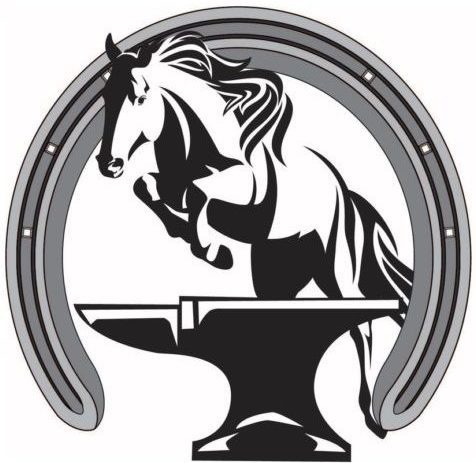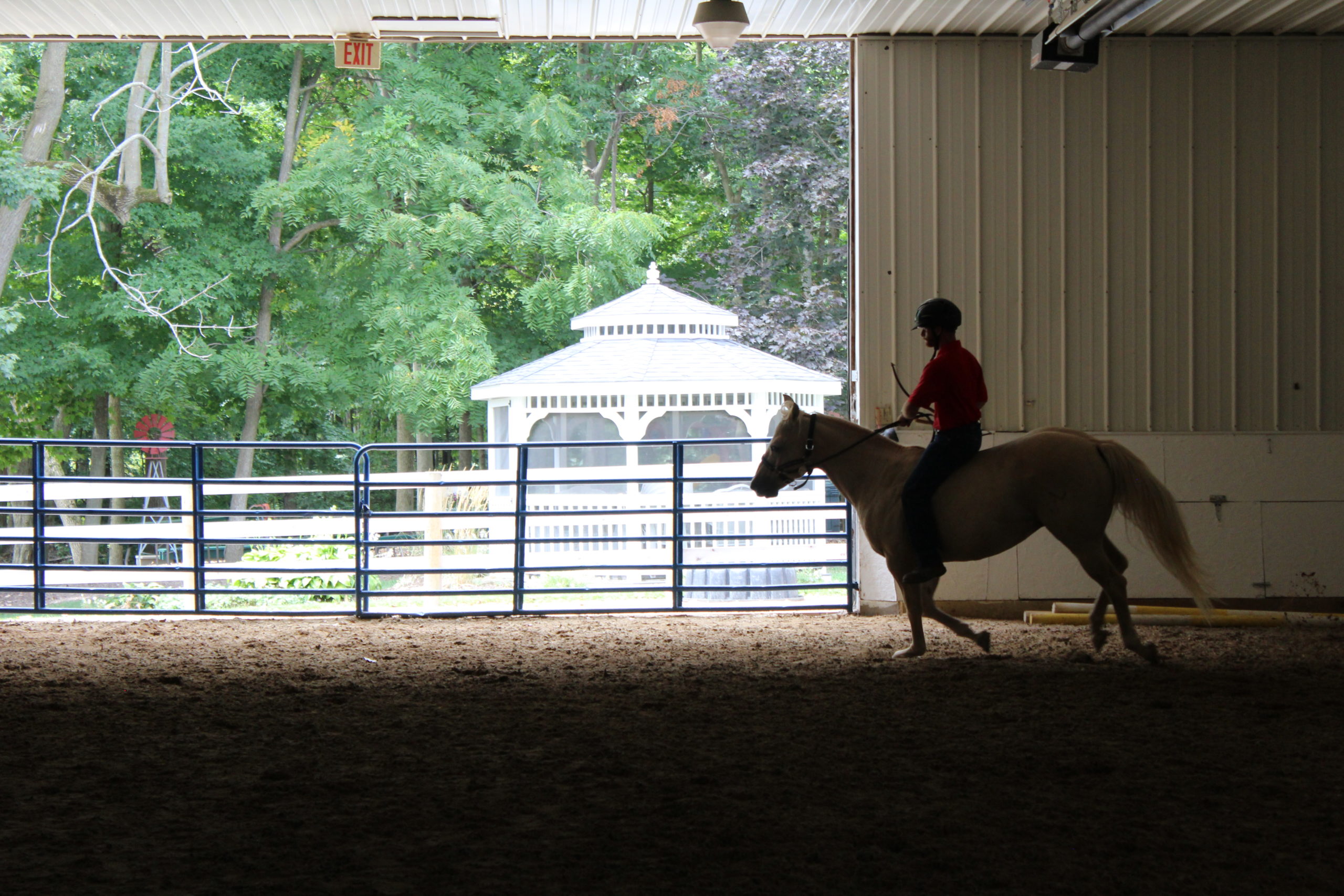Of the many factors that influence hoof shape and distortion, one of those is how the horse loads the foot. The hoof is what we refer to as viscoelastic, meaning that it has properties that are both elastic and plastic. When an elastic structure is deformed it will return to its original shape, plastic deformation however does not return to its original shape. The hoof being viscoelastic generally has elastic properties and will deform then return to its original shape during each stride. However the hoof will deform more permanently under constant stress of being unbalanced or bearing weight unevenly.
While we often talk about the effect of conformation or the work performed by the farrier we should also take into account the effect a rider can have on the stresses placed on a hoof. As riders we greatly influence the way our horses move, for better or worse. Due to the positioning of the saddle on the longissimus dorsi muscle the slightest weight shift by the rider can have a great impact on how the hind legs of the horse move and bear weight. In many disciplines the rider will encourage the horse into self-collection, this places more of the horse’s weight onto the hind limbs while also shifting how that weight is distributed over each foot as the horse compensates. As riders the movements we ask the horse to perform and how they perform them will influence both how the horse moves at that moment as well as how they will move in the future and how each muscle develops. This change in the horse’s musculature and movement will then have a great impact on the shape of the hoof. By ensuring the horse’s muscular development and movements are symmetrical the rider can influence the horse to have a nicer foot. If however the horse is allowed to move improperly or develop one side more than the other the result will be mismatched feet and possibly eventual lameness.

